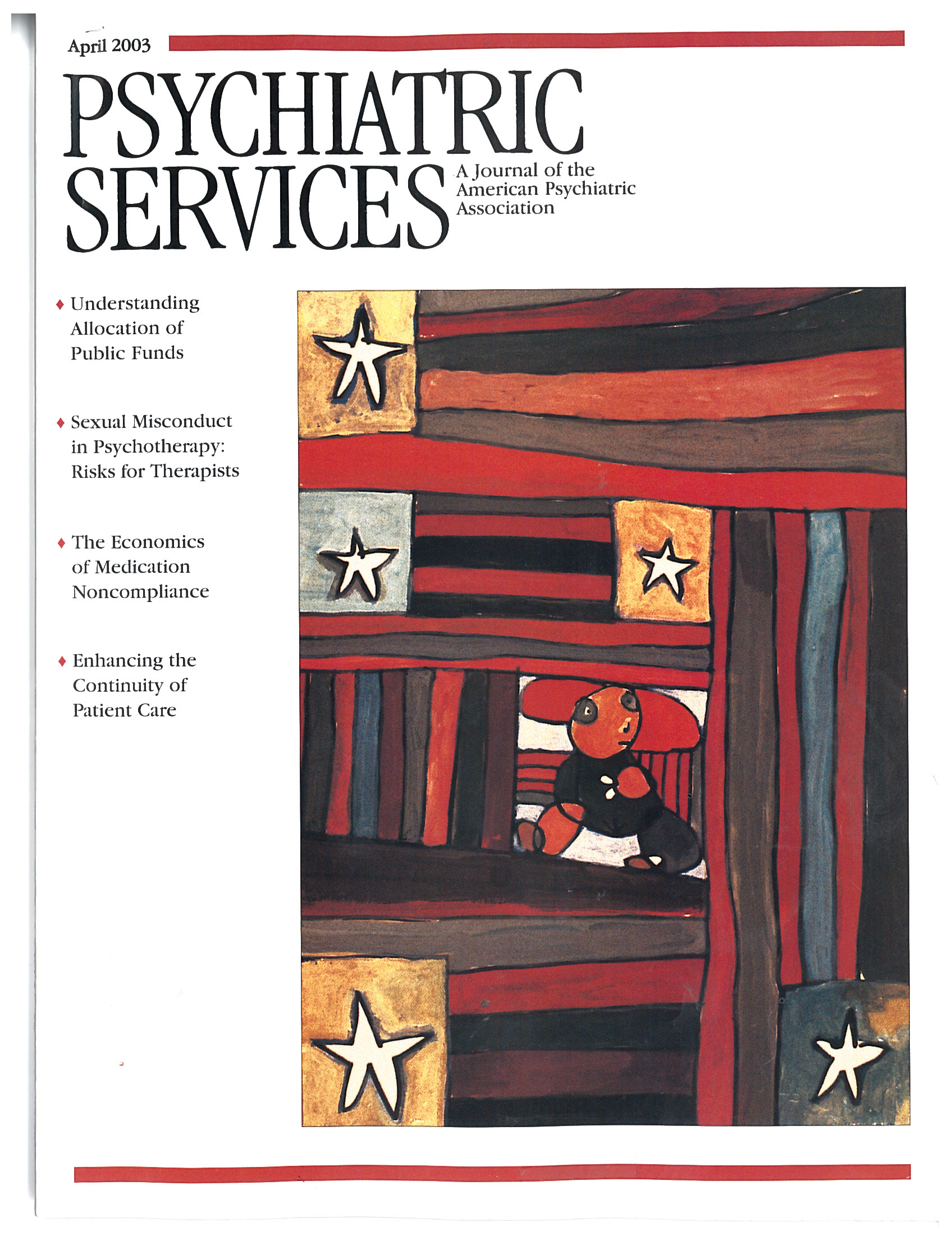Trends in Discharge Disposition, Mortality, and Service Use Among Long-Stay Psychiatric Patients in the 1990s
Abstract
OBJECTIVE: This study examined changes in discharge disposition, mortality, and service use among three cohorts of highly vulnerable long-stay psychiatric patients in the Department of Veterans Affairs (VA) mental health system during the 1990s, a period of extensive bed closures. METHODS: National VA administrative databases were used to identify and prospectively follow three long-stay cohorts: mental health inpatients who had been hospitalized for at least one year as of the end of fiscal year 1991 (N=2,343), 1994 (N=1,853), and 1997 (N=1,156). The cohorts were compared in baseline demographic and diagnostic characteristics as well as discharge disposition, mortality, and service use over a three-year follow-up period. RESULTS: Nationally, the number of occupied long-stay beds decreased by 50 percent between 1991 and 1997. Over time, significant changes were noted in long-stay patients' principal diagnoses and discharge dispositions. Compared with the 1991 cohort, the 1994 and 1997 cohorts had a higher proportion of patients with psychotic disorders (69 percent, 77 percent, and 75 percent, respectively) and were more likely to be discharged from the hospital during the three-year follow-up period (33 percent, 54 percent, and 53 percent, respectively). However, among patients who were discharged, no substantial differences were noted in either mortality or overall VA service use across the three cohorts. CONCLUSIONS: The delivery of inpatient VA mental health services changed dramatically during the 1990s. This study provided evidence that continuing efforts to close VA mental health beds have not resulted in substantially adverse changes in mortality rates or in the extent to which long-term inpatients remain connected with the VA system after discharge.



